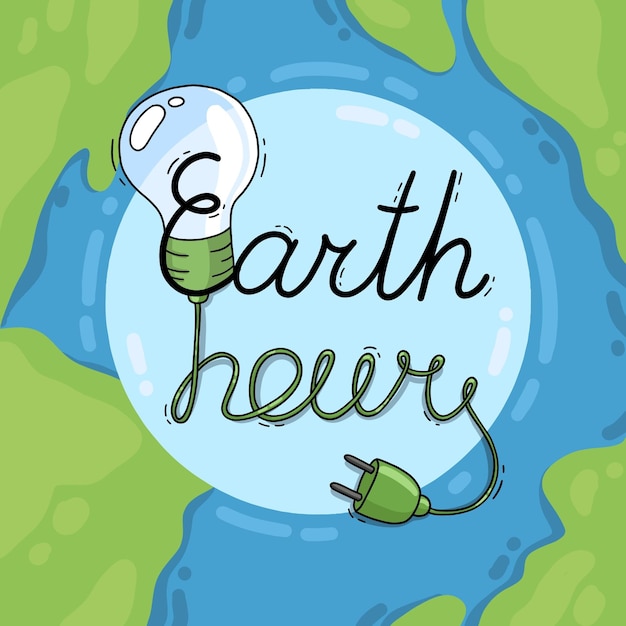Cool facts about Earth

The Earth is the only known planet to have liquid water on its surface.
Earth is about 4.5 billion years old.
The tallest mountain on Earth, Mt. Everest, is more than 29,000 feet high.
Earth is home to the longest mountain range, the Mid-Atlantic Ridge, which stretches for 40,000 miles.
The Earth’s atmosphere is composed of 78% nitrogen, 21% oxygen, and trace amounts of other gases.
Earth has a strong magnetic field that protects it from harmful solar radiation.
The Earth’s rotation is gradually slowing down by about 17 milliseconds per hundred years.
The Earth’s core is composed of iron and nickel and is hotter than the surface of the Sun.
Over 70% of the Earth’s surface is covered in oceans, which contain 97% of the planet’s water.
Earth is the only planet not named after a god or goddess.
The Earth experiences four seasons due to its tilt on its axis.
Over 99% of all species that ever lived on Earth are now extinct.
The Earth’s crust is divided into tectonic plates that are constantly moving.
Earthworms play a vital role in soil fertility and decomposition.
The Earth is the only known planet to support life.
The Earth’s largest ocean, the Pacific Ocean, covers more area than all of the planet’s land combined.
Earth has a natural satellite, the Moon, which is the fifth-largest moon in the Solar System.
Over 3 trillion trees are estimated to exist on Earth.
Cool facts about Earth part 2
The Earth’s atmosphere extends up to approximately 6,213 miles.
Earth’s gravity is strong enough to hold tiny particles like dust in its atmosphere.
The Earth’s highest waterfall is Angel Falls in Venezuela, which plunges for a distance of 3,212 feet.
Earth has the largest volcanic system in the Solar System, the Hawaiian-Emperor seamount chain.
The oldest rocks on Earth are over 4 billion years old.
Earth’s rotation causes the bulging of the equator, making it wider than if you measure around the poles.
The Earth’s deepest part is the Mariana Trench in the Pacific Ocean, which reaches a depth of about 36,070 feet.
Earth is the only planet known to have plate tectonics.
The Earth’s magnetic North Pole is constantly moving due to changes in the planet’s magnetic field.
Earth’s largest desert is the Antarctic Desert, which covers the entire continent of Antarctica.
The Earth has more than 10,000 known caves.
Earth’s largest impact crater is the Vredefort Dome in South Africa, which is about 190 miles in diameter.
Earth’s surface is constantly changing due to erosion and weathering.
The Earth’s deepest freshwater lake is Lake Baikal in Siberia, which reaches a depth of about 5,387 feet.
Earth experiences approximately 8,000 lightning strikes every minute.
The Earth’s highest point above sea level is the peak of Mount Everest, while the lowest point is the Dead Sea.
Earth’s largest hot desert is the Sahara Desert in Africa, which covers an area of about 9.4 million square kilometers.
The Earth’s atmosphere contains about 21% oxygen, which is essential for life.
Earth’s largest canyon is the Grand Canyon in the United States, which stretches for approximately 277 miles.
The Earth orbits the Sun at an average speed of about 67,000 miles per hour.
Earth’s largest freshwater lake by volume is Lake Baikal in Siberia, which contains about 20% of the world’s unfrozen freshwater.
Over 3,700 exoplanets, or planets outside our Solar System, have been discovered as of 20
Earth’s largest forest is the Amazon Rainforest, which covers an area of about 2.12 million square miles.
The Earth’s magnetic field has flipped its polarity several times throughout history.
Earth’s largest country by land area is Russia, which spans about 11% of the planet’s landmass.
The Earth’s rotation causes the phenomenon of day and night.
Earth is approximately 93 million miles away from the Sun.

